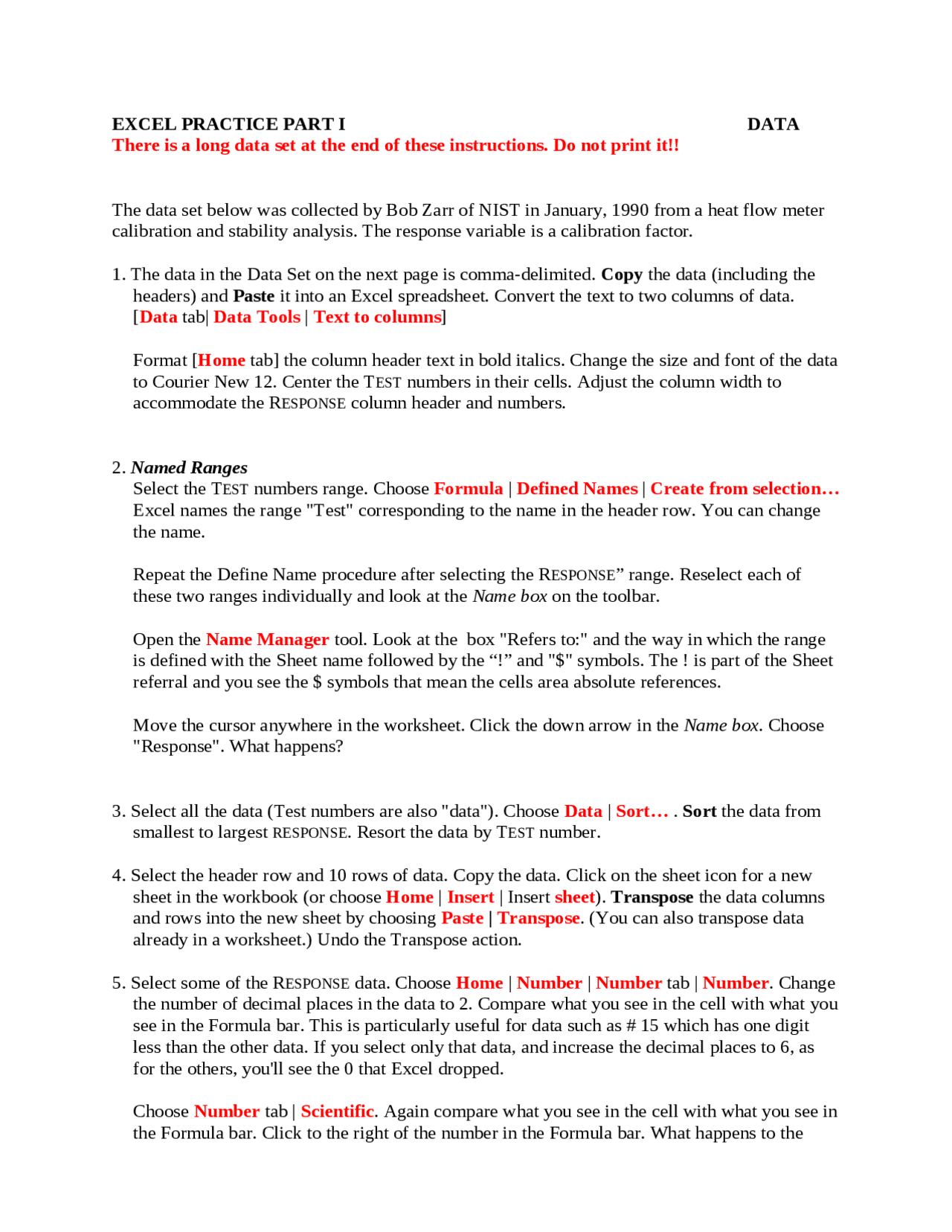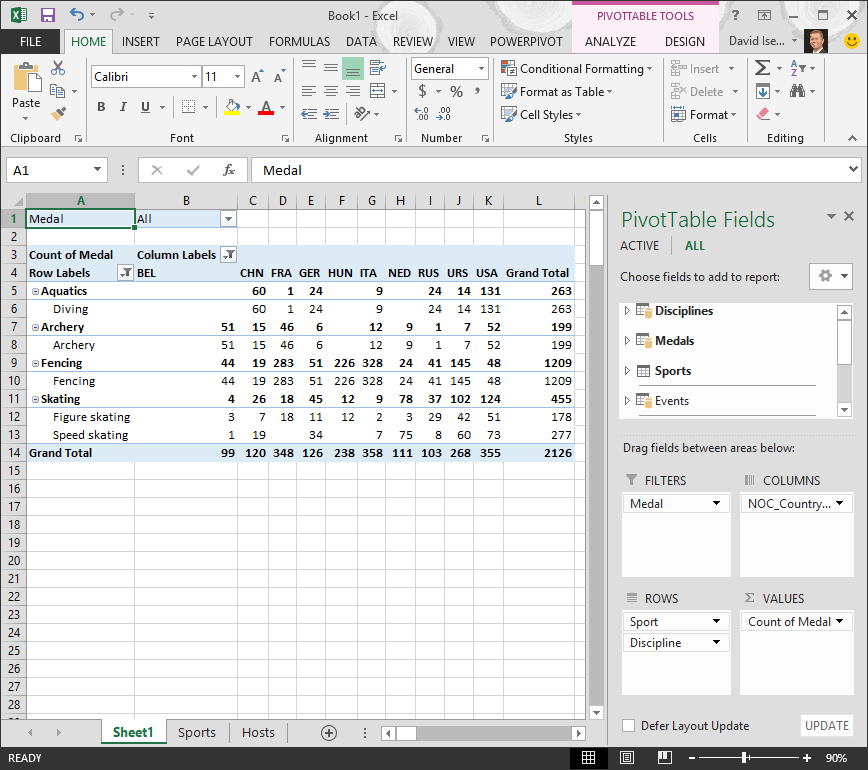

Because of this, it’s very important to record zeros as zeros and truly missing data as nulls. (because the computer can’t guess the value of the missing observations). For example, the average of a set of numbers which includes a single null value is always null

Your observation, you are telling your computer to represent that data as unknown or missing (null). The spreadsheets or statistical programs will likely mis-interpret blank cells that you intend to be zeros.

A blank cell means that it wasn’t measured and the computer will interpret it as an unknown value (otherwise known as a To the computer, a zero is actually data. However, there’s a difference between a zero and a blank cell in a spreadsheet. Writing in the number zero in that column, when it’s mostly zeros? Usually a zero, say the number of times a rabbit It might be that when you’re measuring something, it’s
Row data for excel practice how to#
Instead you can freeze the column headers so that they remain visible even when you have a spreadsheet with many rows.ĭocumentation on how to freeze column headers in MS Excel Not filling in zeros These can easily get mixed into the data, This makes it harder to enter data if you can’t see your headersĪt the top of the spreadsheet. Your data sheet might get very long over the course of the experiment. We used multiple tabs in our example of a messy data file, but now you’ve seen how you can reorganize your data to consolidate across tabs. The next time you’re entering data, and you go to create another tab or table, ask yourself if you could avoid adding this tab by adding another column to your original spreadsheet. Tabs - and if the tabs are inconsistently formatted, you might even have to do it manually.

You will have to explicitly tell the computer how to combine This isn’t good practice for two reasons:ġ) you are more likely to accidentally add inconsistencies to your data if each time you take a measurement, you start recording data in a new tab, andĢ) even if you manage to prevent all inconsistencies from creeping in, you will add an extra step for yourself before you analyze theĭata because you will have to combine these data into a single datatable. Say, for instance, you make a separate tab for each day you take a measurement. When you create extra tabs, you fail to allow the computer to see connections in the data that are there (you have to introduce spreadsheet application-specific functions or scripting to ensure this connection). Using multiple tabsīut what about workbook tabs? That seems like an easy way to organize data, right? Well, yes and no. (sample 1 for each of four different collection dates - May 29th, June 12th, June 19th, and June 26th),Īs well as some calculated summary statistics (an average (avr) and standard error of measurement (SEM)) for two of those samples. This row actually represents four distinct samples In the example above, the computer will see (for example) row 4 and assume that all columns A-AF You’re also potentially using the sameįield name in multiple places, which will make it harder to clean your data up Spreadsheet, you’re drawing false associations between things for the computer, When you create multiple tables within one This confuses the computer, so don’t do this! Entering more than one piece of information in a cellĪ common strategy is creating multiple data tables within.Using formatting to make the data sheet look pretty.Making small changes to the way you format your data in spreadsheets can have a great impact on efficiency and reliability when it comes to data cleaning and analysis. If you are aware of the errors and the possible negative effect on downstream data analysis and result interpretation, it might motivate yourself and your project members to try and avoid them. There are a few potential errors to be on the lookout for in your own data as well as data from collaborators or the Internet. Instructors: don’t go through this lesson except to refer to responses to the exercise in the previous lesson. This lesson is meant to be used as a reference for discussion as learners identify issues with the messy dataset discussed in the Recognize and resolve common spreadsheet formatting problems.


 0 kommentar(er)
0 kommentar(er)
